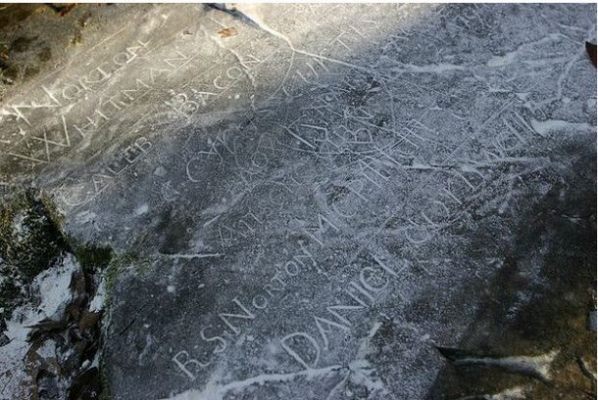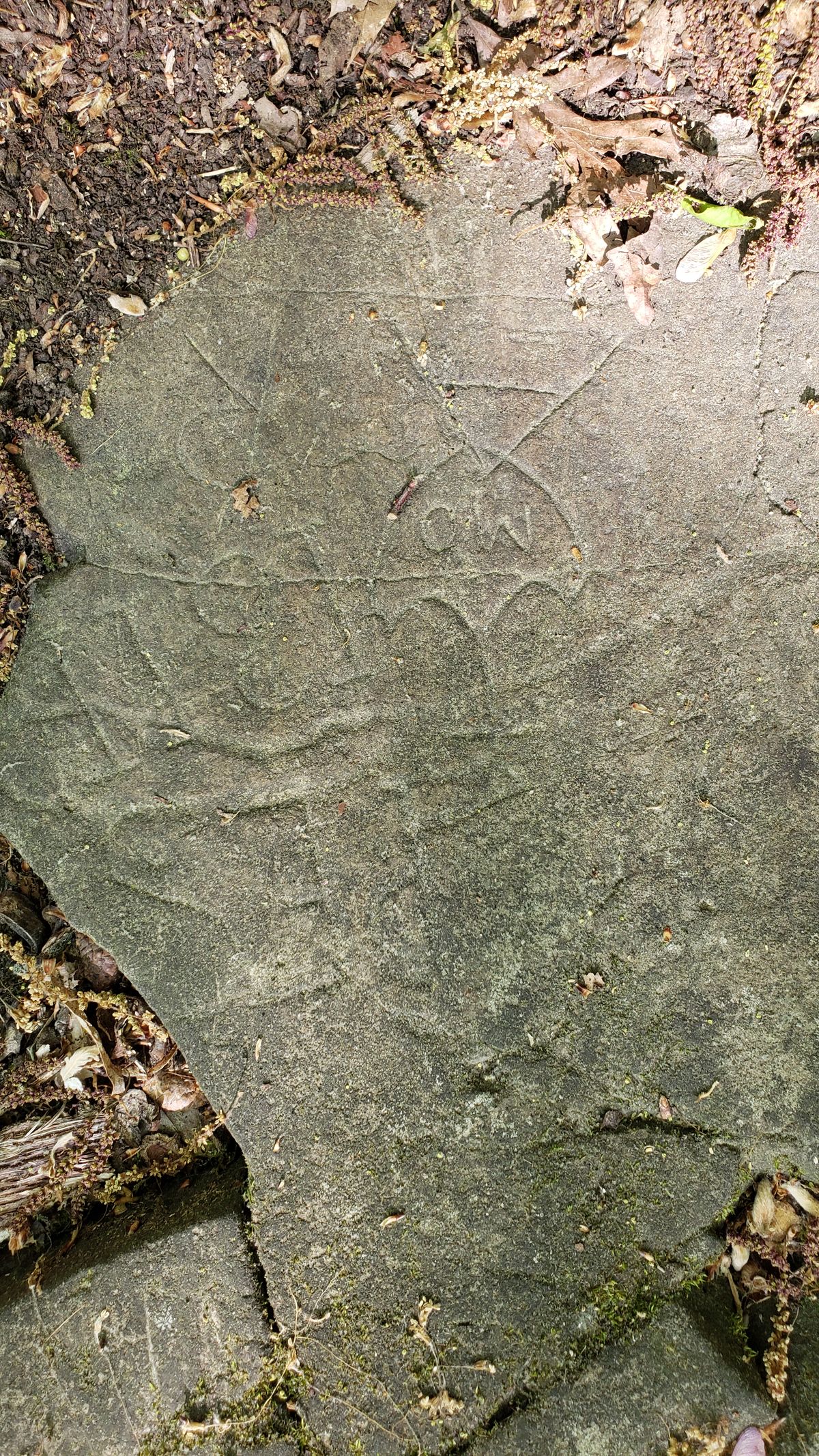About
In the middle of the woods behind Rattlesnake Mountain in Farmington, Connecticut, there is a rock slab with 66 etched names.
Besides a cellar hole and a passing hint of stone walls, this carved patient list is all that remains of the Todd-Wadsworth Smallpox Hospital, which shut its doors in 1794. Although this may all sound very spooky, the patients in question had a pretty decent chance at survival. This hospital was all about preventative care.
Doctors Eli Todd and Theodore Wadsworth treated patients at the now-lost facility in the early 1790s. Todd and Wadsworth specialized in inoculation, an early method of immunization in which powdered smallpox scabs were rubbed into small scratches on the skin of an otherwise healthy person. The inoculated patient would develop some nasty-looking pustules, and be highly contagious for a few weeks, but the resulting infection was much less severe than naturally-occuring smallpox. After a few weeks of quarantine, the patient would both immune to smallpox and ready to rejoin society.
Hundreds of patients were inoculated and spent their recovery at the Todd-Wadsworth Smallpox Hospital. Although they were in some discomfort, the experience appears to have been not wholly unpleasant. (It was certainly better than dying of smallpox.) There were daily activities and myriad opportunities to socialize with other patients. The sunny ledge now known as Hospital Rock served as the main point of contact to the outside world during quarantine. It was both where patients were first dropped off and later where they came to pick up messages and packages from home.
In 1796, Edward Jenner discovered the smallpox vaccine. The practice of vaccination spread quickly, and there was suddenly no longer a need for hospitals like the Todd-Wadsworth. Nature quickly overtook the buildings, but thanks to this rock, not all the memories have faded so quickly.
Related Tags
Know Before You Go
Hospital Rock is hidden and unprotected in the woods near Rattlesnake Mountain. The area is a maze of unmarked trails of the Metacomet Trail. Information is available in the Farmington room of the Farmington Library. Please do not put flour or attempt to dust the carvings.
Published
September 25, 2015



























